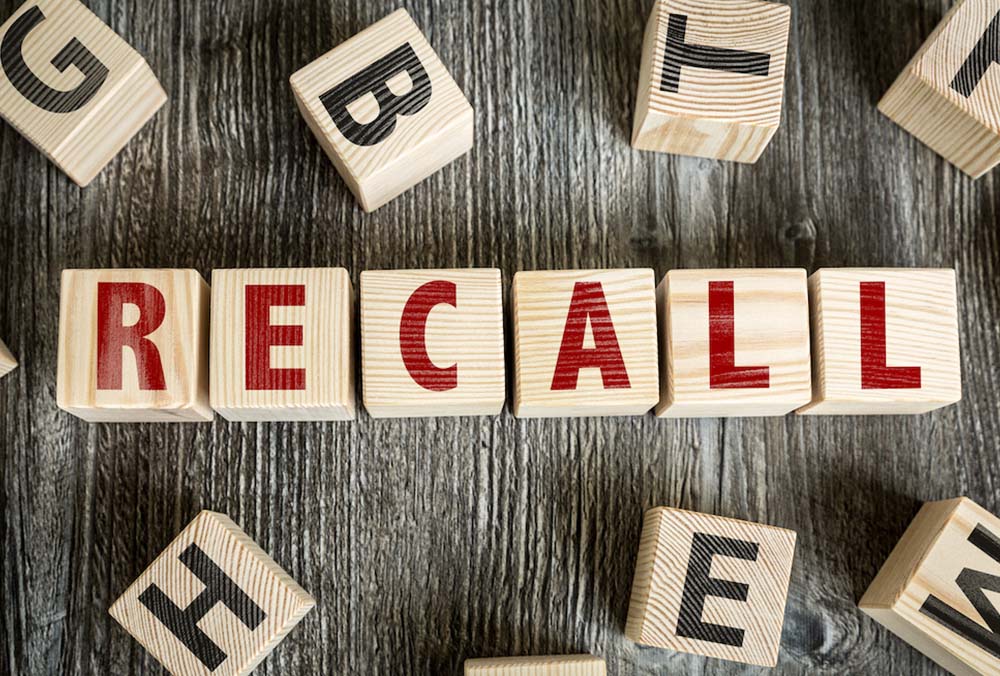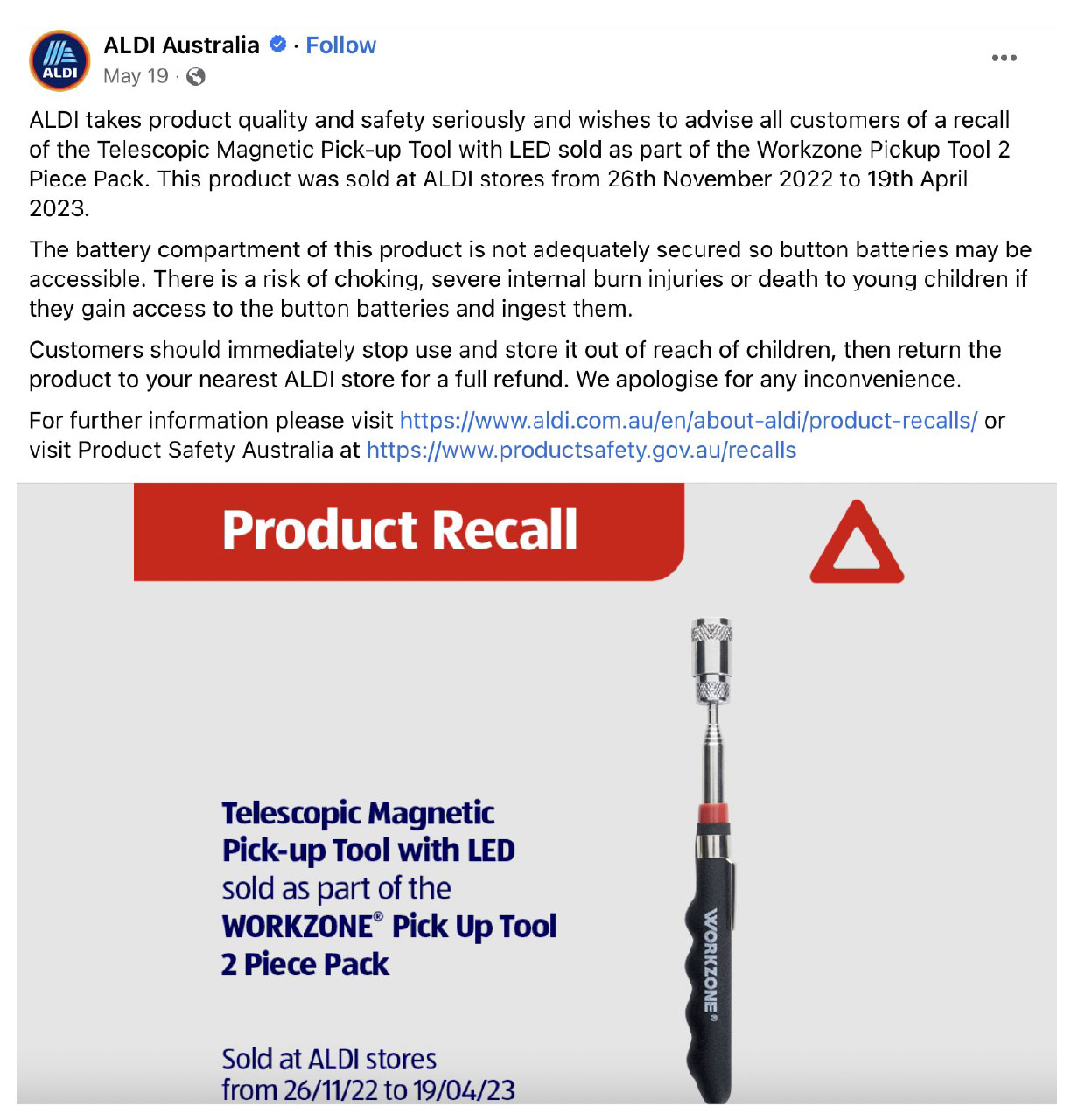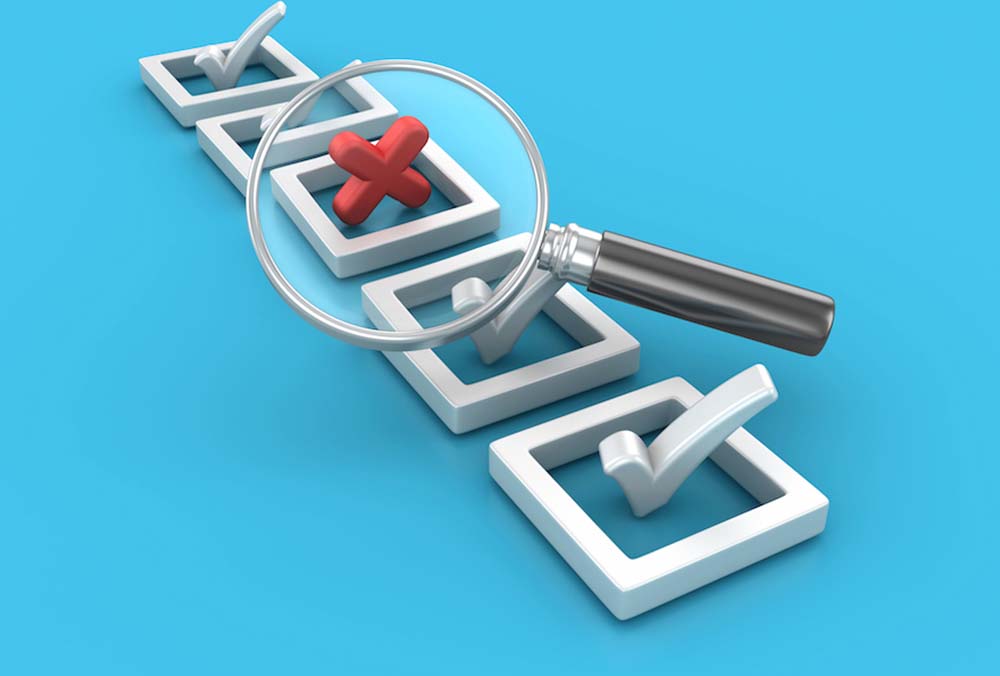Dec 06, 2023 by Mark Dingley
Recalls are a risk for every manufacturer – and they carry enormous financial costs.
On average, the cost of product recalls can be close to US$10 million. However, one insurer reported they can reach up to over US$100 million.
And it’s no surprise when you consider what’s involved in removing a product from the shelves – labour, shipping, handling and disposal costs, manufacturing costs, PR and legal. The costs quickly mount up, and they don’t stop as soon as you’ve retrieved all the product from the shelves; there’s also the long-term cost of damaged customer relationships and lost brand loyalty.
To understand what a food product recall really costs in 2023, in this article we’ll look at each stage of a food product recall at a consumer level and explore an example of a real-world recall.

A “consumer recall” is when a product has been on retail sale, whereas a “trade recall” is conducted when food has not been available for direct purchase by the public, such as food sold to wholesalers and caterers.
There are substantial costs – transparent and hidden – associated with each stage of a consumer recall. Some will be higher depending on the complexity of the recall.
Let’s break it down:
Rapid and effective communication with customers is a crucial aspect of the recall process. All communication channels must be utilised, including traditional media (such as newspapers), company websites, social media platforms and direct notifications to reach affected consumers. All of this comes at a high cost.
In Australia, companies are legally required to communicate recall information to state and territory government agencies and industry groups, as well as advertising in relevant newspapers and on point-of-sale.
Many retailers also have dedicated web pages for recall announcements – like this one for Woolworths. Social media has made swift communication of a recall easier, with retailers and brands able to immediately issue a notification:

Product recall notification on Aldi’s Facebook page
The shipping and handling costs associated with retrieving products from warehouses and retailers can be immense – especially if you have a large network of retail customers.
Retailers may need to be reimbursed for their costs and loss of trade as well as for physically removing the product from their shelves. Learn how 2D barcodes can help retailers pinpoint which specific batches are affected, and trace it back through the production line.
Also, if a faulty product is used as a component in other products, the cost of recall will also be considerably higher. For example, when an ingredient such as sugar is being recalled, the product will have been used in so many products that will need to be recalled, causing costs to soar.
Disposing of products that have been retrieved, as well as any recalled products in storage, can be substantial. Food still on store shelves tends to end up in landfills or incinerators, while some foods can simply be disposed of by consumers. However, costs can increase if the product has complex disposal procedures.
Product recalls can become a PR nightmare, so it’s a worthwhile investment to engage a PR team that can manage the crisis.
The brand’s biggest challenge is regaining consumer trust. The media might move on quickly, but customer trust can take longer to regain, which is where a PR team can help.
Depending on the extent of the recall and safety concerns, you may also need to hire legal professionals to manage claims, compensation or other legal issues.
If consumers have fallen ill or been harmed by the product, you may need to pay compensation. For example, they may have been harmed by a faulty product or had an allergic reaction due to undeclared allergens (which was the most common cause of food recalls in 2022).
Trade customers can also be impacted. French food manufacturer Danone was seeking full compensation from New Zealand dairy exporter Fonterra over a contamination scare involving a Fonterra ingredient that had been used in milk formula produced by Danone.

A product recall means there are issues with your supply, manufacturing, packaging or labelling process that need to be addressed urgently to ensure it doesn't happen again. You may not have the expertise or resources in house to investigate, which means engaging a specialist consultant.
For example, according to FSANZ, the majority of allergen recalls in 2022 were due to supplier verification issues, for example, a raw ingredient contained an allergen, but this information was not passed on to the manufacturer. Some were caused by packaging issues such as the wrong packaging or an incorrect ingredients list.
Therefore, in these situations, you may need to change your labelling and packaging, or even source a new ingredient supplier.
During the recall, you may need to stop production on that specific product line while you investigate the issue, which will cause downtime and production losses. The worst-case scenario involves the shutdown of a key manufacturing plant for a lengthy period. Every minute you aren’t manufacturing products is more profit lost.
One of the biggest costs will come from remanufacturing the recalled goods and resupplying stores.
Recalls will prompt a rise in customer service queries online, on social media and over the phone. Handling these in a timely manner is essential to save your reputation. This means you may need to hire extra staff, set up a hotline or engage a specialist service to run it for you.
According to a recent report from insurance firm Swiss Re, product disposal costs, business interruption and customer reimbursement are the three largest cost drivers captured by a company when dealing with a product recall.
However, UK product recall insurer Lockton estimates that about 80% of the total costs are incurred long after the recall has been dealt with and removed from shelves. These long-term costs are very difficult to define. How do you prove that poor sales a year later are linked to a previous product recall?
Yet the research is clear when it comes to consumer sentiment after a recall: studies by Harris Interactive show more than half (55%) of people would switch brands following a recall, and 15% would never purchase the brand again.
In addition to cost, a recall can also delay a company’s incremental innovations by six months.After all, recalls force companies to shift their attention from making meaningful improvements to addressing flaws rather than pursuing new ideas.

In 2015, Australia’s leading frozen food supplier Patties was forced to recall Nanna’s and Creative Gourmet brands of frozen berries after the government found Hepatitis A contamination.
The costs were substantial, including a significant impact on the brand. As a result, Patties took the matter to court, seeking millions of dollars in compensation from the supplier that sourced the infected fruit from China.
In its statement of claim, Patties said it had to dispose of $3.8 million worth of berries held in storage, plus those it retrieved, incurring a major loss.
Patties also had to compensate seven consumers who fell ill after eating the berries, which amounted to $41,389.
The company incurred another $5m in losses because of the outbreak and recall, including:
Patties says its loss of earnings totalled AU$4.4 million.
With $4.4m at stake, manufacturers need to do everything in their power to reduce the risk of recalls.
Manufacturers can proactively reduce the risk of recalls by eliminating coding and labelling errors and checking for foreign contaminants with vision inspection. Talk to our experts about the best technology solutions to reduce recalls on your product line.
Hungry for more information about how to reduce the cost of recalls? Learn how Package Code Management can help reduce costly labelling errors.
